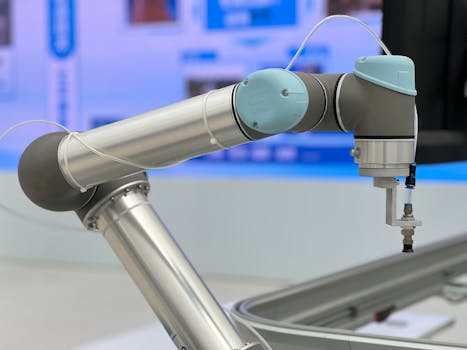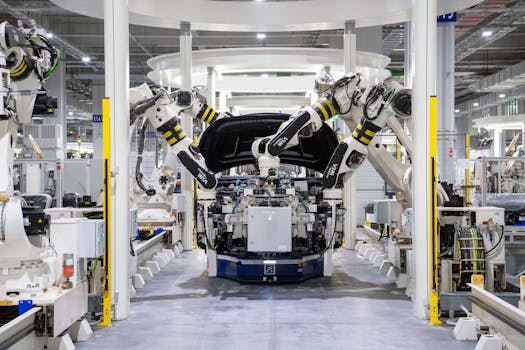
The Evolution of Mechanical Engineering Through the Ages
Takeaways: Mechanical engineering has evolved significantly over the centuries, driven by technological advancements and the needs of society. From ancient mechanisms to modern robotics, this field continues to innovate and inspire.
Mechanical engineering is one of the oldest and most essential branches of engineering, influencing various aspects of daily life and industry. This article delves into the evolution of mechanical engineering through the ages, highlighting key innovations and milestones that have shaped this vital discipline.
Ancient Beginnings: The Foundations of Mechanical Engineering
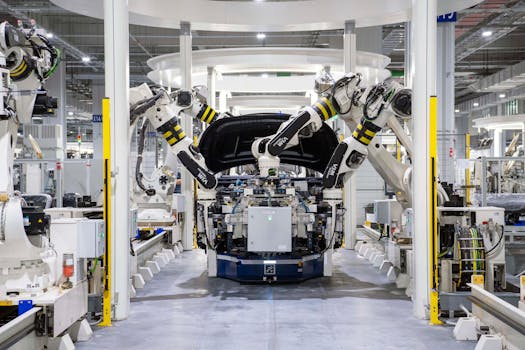
The Egyptians, for instance, utilized levers and ramps to construct the pyramids, showcasing their understanding of basic mechanical principles. The Greeks advanced these concepts further, with inventors like Archimedes developing the screw pump and compound pulleys, which laid the groundwork for future mechanical innovations.
The Romans, known for their engineering prowess, adopted and improved upon Greek inventions. They constructed aqueducts and employed cranes for building, demonstrating the application of mechanical principles in large-scale projects. The use of gears and pulleys became more prevalent during this period, contributing to the development of more complex machines.
The Middle Ages: Innovations and the Rise of Mechanization
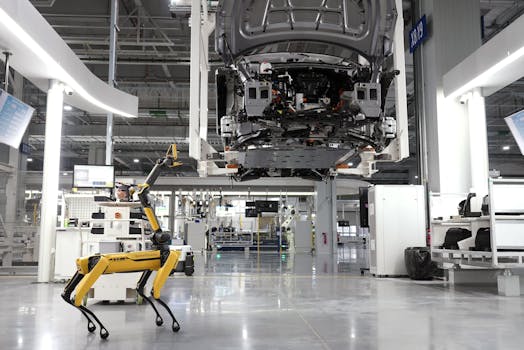
As Europe transitioned into the Renaissance, a renewed interest in science and engineering led to significant innovations. The invention of the mechanical clock in the 14th century marked a turning point in precision engineering. These clocks were not only functional but also masterpieces of craftsmanship, demonstrating the fusion of art and engineering.
The advent of the printing press in the 15th century by Johannes Gutenberg further transformed mechanical engineering. This innovation required complex mechanisms for typesetting and printing, paving the way for mass communication and the spread of knowledge.
The Industrial Revolution: A Mechanical Revolution
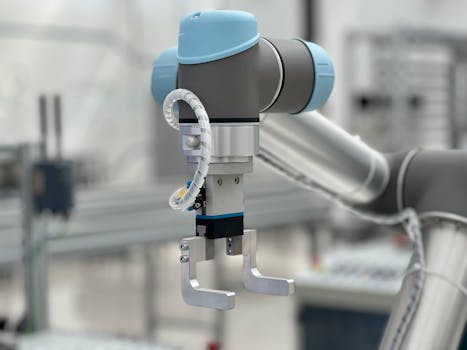
During this period, mechanical engineering became a distinct profession. Engineers began to formalize their education and training, leading to the establishment of engineering societies and institutions. Innovations such as the spinning jenny and power loom transformed textile manufacturing, showcasing the impact of mechanical engineering on various industries.
The development of the assembly line by Henry Ford in the early 20th century further exemplified the evolution of mechanical engineering. This approach to mass production reduced costs and increased efficiency, revolutionizing manufacturing processes across the globe.
Modern Era: The Age of Automation and Robotics
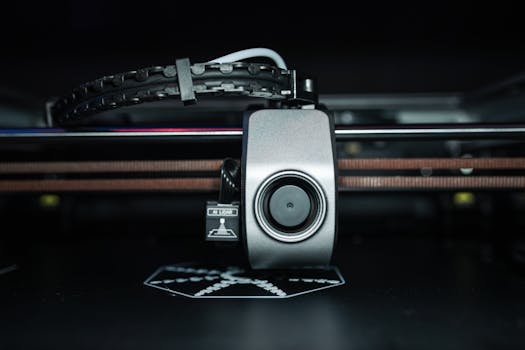
Robotics has emerged as a significant area within mechanical engineering, with applications ranging from manufacturing to healthcare. Robotics combines mechanical engineering, electronics, and computer science to design machines capable of performing tasks autonomously.
Moreover, the integration of sustainable practices in engineering has become increasingly important. Mechanical engineers are now focused on developing energy-efficient systems and renewable energy technologies, addressing global challenges such as climate change and resource depletion.
Conclusion
